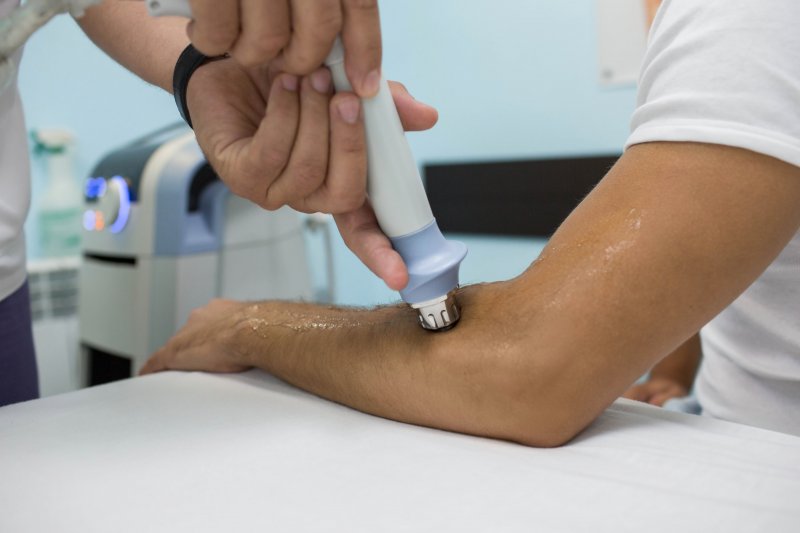
Scar tissue is a common consequence of injuries, surgeries, or certain medical conditions. While it plays a crucial role in wound healing, excessive scar tissue formation can lead to pain, reduced mobility, and functional limitations. In recent years, shockwave therapy has emerged as a potential treatment option for breaking up scar tissue and promoting healing. Read on to learn what to expect from shockwave therapy, the conditions it can treat, and how it addresses scar tissue to facilitate recovery.
Understanding Shockwave Therapy
Extracorporeal Shockwave Therapy (ESWT) is a non-invasive procedure that utilizes high-energy sound waves to stimulate the body’s natural healing response. The shockwaves are generated by a specialized device and are directed toward the affected area. This treatment modality has shown promising results in managing several musculoskeletal conditions, including tendinitis, plantar fasciitis, tennis elbow, and more.
Which Conditions Are Treated by Shockwave Therapy?
Shockwave therapy has gained recognition for its effectiveness in treating a wide range of musculoskeletal conditions, including:
- Tendinopathies: Shockwave therapy is particularly beneficial in the treatment of tendinopathies, such as Achilles tendinopathy, patellar tendinopathy, and rotator cuff tendinopathy. It helps break down scar tissue, stimulate tissue regeneration, and improve tendon function.
- Plantar Fasciitis: The service is often recommended for patients with plantar fasciitis, a condition characterized by inflammation and microtears in the plantar fascia. The treatment promotes healing, reduces pain, and improves foot function.
- Calcific Tendinitis: It has also shown positive effects in addressing calcific tendinitis, a condition characterized by calcium deposits in the tendons. The shockwaves break down the calcium deposits and help restore normal tendon function.
How Shockwave Therapy Breaks Up Scar Tissue
By providing mechanical and biochemical stimulation to the affected area, shockwave therapy aids in breaking up scar tissue and promoting healing. Here’s how it works:
- Mechanical Disruption: The high-energy sound waves exert mechanical pressure on the scar tissue. This pressure disrupts the fibrous structure of the scar tissue, breaking it down into smaller fragments.
- Neovascularization: Shockwave therapy promotes neovascularization, which involves the formation of new blood vessels in the injured area. Increased blood flow brings essential nutrients, oxygen, and immune cells to the site, aiding in the removal of scar tissue debris and facilitating tissue repair.
- Stimulation of Cellular Activity: The mechanical pressure stimulates cells within the scar tissue, promoting the release of growth factors and cytokines. These substances play a vital role in tissue regeneration, collagen synthesis, and the remodeling of the damaged area.
- Enhanced Healing Response: Shockwave therapy triggers an inflammatory response, activating the body’s healing mechanisms. This response helps to replace scar tissue with healthy, functional tissue, reducing pain and improving overall tissue integrity.
About the Practice
At Valley Sports Physicians & Orthopedic Medicine, we will always go above and beyond to identify the underlying causes of pain and want to find solutions that will provide lasting relief and healing. Using the latest advancements in the field, we can diagnose injuries and develop an effective treatment plan. If you’d like to learn more about our services, visit our website or call (860) 430-9690.
